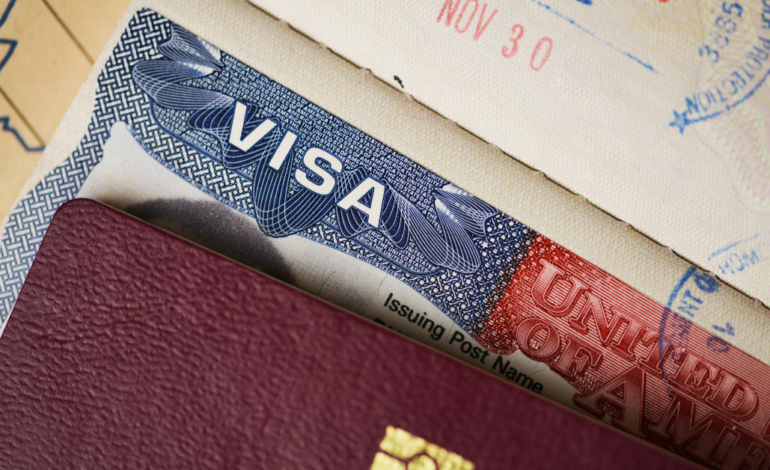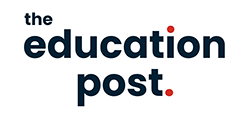
Studying in the United States is an exciting prospect, and securing an F-1 student visa is the key step in this process. This article will guide you through the essentials of the F-1 visa, making sure you prepare yourself well to study in the U.S.
What is the F-1 Visa?
The F-1 student visa is a non-immigrant visa that allows international students to pursue academic studies or language training programs in the United States. This visa is for full-time students enrolling in programs that culminate in degrees, diplomas, or certificates at accredited institutions.
It is the visa international students need to study at universities, colleges, high schools, and other academic institutions. The F-1 student visa is different from the M-1 visa, which is for vocational and non-academic studies.
Eligibility Criteria for the F-1 Visa
To qualify for an F-1 student visa, you must have:
- Enrollment: You must first receive acceptance into a full-time academic program at a Student and Exchange Visitor Program (SEVP)-approved school.
- English Proficiency: You must show proficiency in English or enroll yourself in classes that will lead to proficiency in the language.
- Financial Stability: You must provide evidence of sufficient funds to cover tuition and living expenses during your entire stay.
- Intent to Return: Show intent to return to your home country upon completion of your studies.
- Strong Academic Record: While not a strict requirement, a solid academic record increases your chances of acceptance into a U.S. institution and helps with visa approval.
Application Process for the F-1 Visa
a. Acceptance by a SEVP (Student and Exchange Visitor Program)-Approved Institution
First, you must apply and gain acceptance into a SEVP-approved U.S. institution. Once you receive this acceptance, the school’s designated school official (DSO) will provide you with a Form I-20, “Certificate of Eligibility for Nonimmigrant Student Status.”
b. Pay the SEVIS Fee
Before applying for the visa, pay the I-901 SEVIS fee using the information from your Form I-20. This fee supports the Student and Exchange Visitor Information System (SEVIS), which tracks students in the U.S.
c. Complete the DS-160 Form
Fill out the online Non-immigrant Visa Application, Form DS-160. After completion, print the confirmation page for your records.
d. Schedule a Visa Interview
After this you need to arrange an interview at the U.S. embassy or consulate in your country. It’s advisable to schedule this as early as possible, as wait times can vary.
e. Prepare Supporting Documents
Gather the necessary documents for your interview:
- Valid Passport: Your passport should be valid for at least six months beyond your intended stay.
- Form I-20: Your SEVP-approved school will issue this to you.
- DS-160 Confirmation Page: Proof of your complete online application.
- SEVIS Fee Receipt: Confirmation of your I-901 SEVIS fee payment.
- Financial Evidence: Documents demonstrating your ability to cover educational and living expenses.
- Photographs: Recent passport-sized photos as per U.S. visa requirements.
- Academic Records: Transcripts, diplomas, degrees, or certificates from previous institutions.
f. Attend the Visa Interview
During the interview, a consular officer will assess your application and determine your eligibility. Prepare yourself to discuss your program, academic background, and plans after completing your studies.
Post-Visa Approval
Once you receive your F-1 student visa:
- Entry to the U.S.: You can enter the United States up to 30 days before your program’s start date.
- Duration of Stay: Your F-1 visa allows you to remain in the U.S. for the duration of your academic program, plus an extra 60-day period to prepare for your further plans.
Maintaining F-1 Student Visa Status
To maintain your F-1 status:
- Full-Time Enrollment: Maintain full-time student status per the definition of your institution.
- Academic Progress: Make satisfactory academic progress toward completing your program.
- Employment: Adhere to employment regulations. You can work on-campus on a part-time basis, but off-campus work requires authorization and is subject to restrictions and conditions.
- Address Updates: Inform your DSO of any changes to your address within ten days.
Employment Opportunities
As an F-1 visa student, you have the following employment options:
- On-Campus Employment: You may work on-campus up to 20 hours per week during academic terms and full-time during breaks.
- Curricular Practical Training (CPT): This will allow you to work in internships or practicums important to your curriculum.
- Optional Practical Training (OPT): Provides up to 12 months of employment authorization relevant to your field of study, either during or after completion of your program.
- STEM OPT Extension: If your degree is in a STEM (Science, Technology, Engineering, or Mathematics) field, you may qualify for a 24-month extension of OPT.
Traveling Abroad and Re-Entry
If you plan to travel outside the U.S. during your studies you must ensure the following:
- Travel Signature: Ensure your Form I-20 has a valid travel signature from your DSO, typically valid for one year.
- Valid Visa: Confirm that your F-1 visa will not expire during the time of your re-entry.
- Supporting Documents: Carry proof of enrollment, financial support, and other relevant documents when re-entering the U.S.
Dependents
Your spouse and unmarried children under 21 may accompany you on F-2 visas. F-2 dependents do not receive permission to work but may study part-time or full-time up to a certain level.
Transitioning After Studies
Upon completing your studies, you have a 60-day grace period to:
- Apply for OPT: If you haven’t already applied for Optional Practical Training, you may do so during this period.
- Change Visa Status: You may apply for another visa type (such as an H-1B work visa) if you qualify.
- Return Home: If you do not plan to extend your stay, you must leave the U.S. before the grace period expires.
Concluding Remarks
Obtaining and maintaining an F-1 student visa requires both planning and compliance with U.S. laws. By understanding the requirements, preparing a strong application, and following visa rules, you can make the most of your educational experience in the United States.



